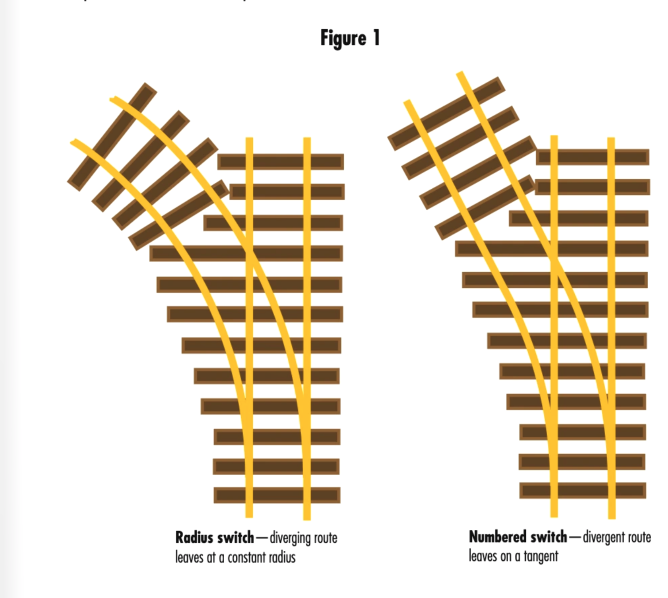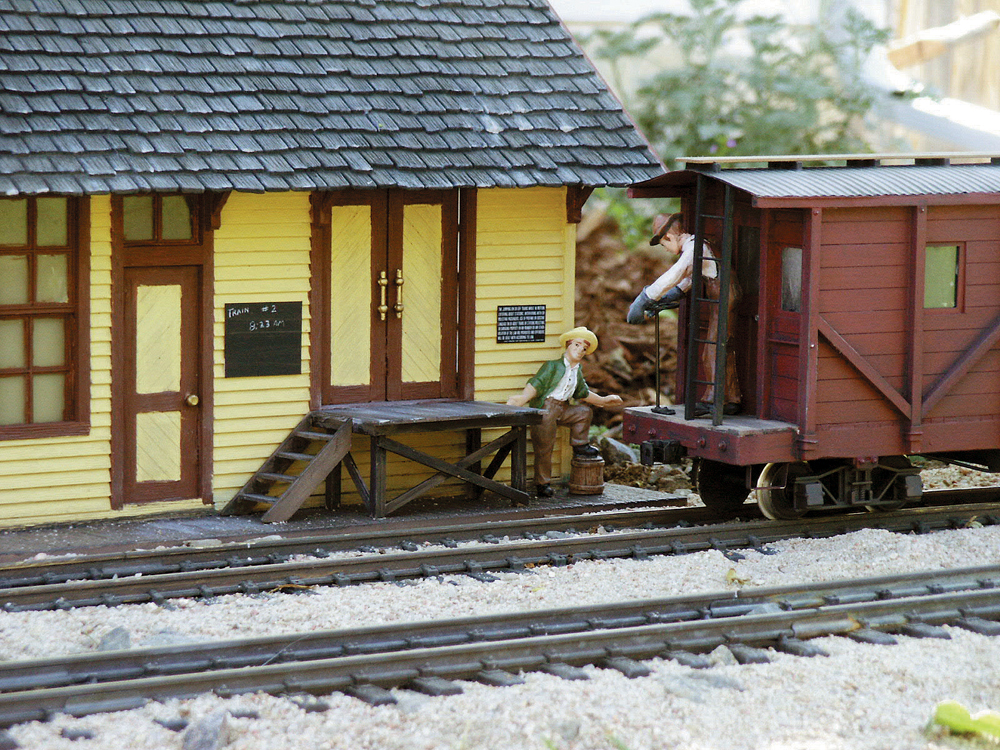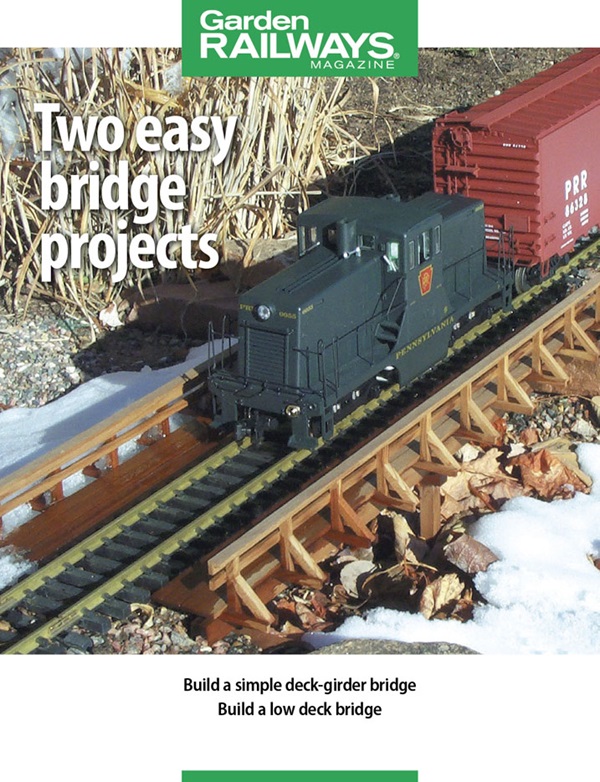By the 1850s, railroad operating rules, often printed as pamphlets or on the back of a time card, had evolved to near universal application on all/most railroads. On April 14, 1887 representatives of 48 railroads voted for the adoption of what is now known as the Standard Code of Operating Rules (SCOR), published by the American Association of Railroads (AAR). Thus, all railroad rulebooks in North America today have as their foundation the SCOR in both development and application.
The SCOR, however, was never intended to be used as a working rulebook. Rather, its primary intention was to standardize operating practices to the extent practicable while still preserving the flexibility of individual railroads to either modify or omit rules at their discretion. Even rulebooks with identical phraseology could be interpreted and applied differently on different railroads. Although used as a reference book, the SCOR was primarily a matrix document, from which the industry could establish standard text and a common numbering system. Until recently, in fact, railroads rarely deviated from the original rules numbering system.
At present, most Class I railroads in the U.S. use one of two “standard” rulebooks: the Northeast Operating Rules Advisory Committee (NORAC) rulebook and the General Code of Operating Rules (GCOR). Conrail, Amtrak, and several commuter and short line railroads in the northeastern United States use the NORAC rulebook. The GCOR is used by every Class I railroad west of the Mississippi River, most of the Class II railroads, and numerous short line railroads. A few railroads, including CSX, Norfolk Southern, Illinois Central, Metro North and Florida East Coast, have adopted their own rulebooks, while Canada and Mexico have their own set of operating rules that govern their railroad operations.
The General Code of Operating Rules Committee (GCOR) and the Operating Rules Association (ORA) are federations of railroad operating rules officers with common interest in the evolving advancement and common safety for their employees, customers and the general public while supporting the best interest of the nation.
Using federal laws, mandates and orders as a basis, the Committee attempts to “translate” these official documents (often in legalese) into rules the average railroader can understand and apply. And since not every aspect of railroading is regulated, they add additional rules as needed. The result is the General Code of Operating Rules.
The GCOR rules are intended to enhance railroad safety. The rules cover employee responsibilities, signaling equipment, procedures for safe train movement, dealing with accidents and other topics that directly and indirectly affect railroad safety.
The GCOR is supplemented by System Special Instructions, Timetables, Hazardous Materials Instructions, Air Brake and Train Handling Instructions, and General Orders. These documents are issued by each individual railroad. System Special instructions, Timetables, and General Order can modify or amend the General Code of Operating Rules. GCOR Rule 1.3.2 states that General Orders replace any rule, special instruction, or regulation that conflicts with the general order.
Some railroads will maintain what they call a “living rulebook.” As amendments are released via general order or special instruction, they will update the specific page that was affected.
Version 7 of the GCOR went into effect on April 1, 2015.
The full set of GCOR rules is divided into 17 chapters.
1 General Responsibilities
2 Railroad Radio and Communication Rules
3 (Reserved)
4 Timetables
5 Signals and Their Use
6 Movement of Trains and Engines
7 Switching
8 Switches
9 Block System Rules
10 Rules Applicable only in Centralized Traffic Control (CTC)
11 Rules Applicable in ACS, ATC and ATS Territory
12 Rules Applicable only in Automatic Train Stop (ATS) Territory
13 Rules Applicable only in Automatic Cab Signal (ACS) Territory
14 Rules Applicable only within Track Warrant Control (TWC) Limits
15 Track Bulletin Rules
16 Rules Applicable only in Direct Traffic Control (DTC) Territory
17 Rules Applicable Only in Automatic Train Control (ATC) Territory
For more information about the General Code of Operating Rules, visit up.com/ert/gcor.pdf
About the author
For more than 30 years, Dennis has been involved in the railroad industry, including the founding of a steam locomotive restoration project, starting a short line railroad company, working as engineer, brakeman and track maintenance worker on three railroads, providing employee safety and operations training, and teaching railroad career subjects at a community college.
Dennis was a model railroader before his railroad career, and is the current acting vice president of the Folsom Eastern Railroad Company garden railway. He says his wife Susan is the General Manager and President. He believes any stigma of “playing with trains” harbored by younger generations about garden railroading can be eliminated by helping them understand the operating practices of the 1:1 scale railroads and encouraging them to apply those practices to garden railroading.












